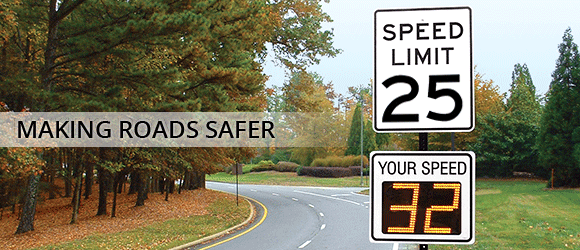![]() Mexico City plans to remove up to 30,000 speed bumps, or topes as they are called. This is part of a move to make traffic flow more efficiently and to improve air quality.
Mexico City plans to remove up to 30,000 speed bumps, or topes as they are called. This is part of a move to make traffic flow more efficiently and to improve air quality.
While many people are aware that speed humps slow emergency response times and increase noise pollution (along with numerous other disadvantages), few know that they contribute to air pollution as well. Because drivers slow down as they approach the bump and speed up after traversing it, they burn more fuel and increase their vehicle emissions. One British study showed that speed humps increase fuel consumption by 47% on roads with a 30 mph speed limit. Another survey detailed the sharp rise in CO2, NO2 and particulate matter emitted from cars driving through streets with speed bumps.
Like many U.S. urban areas, smog is a serious concern in Mexico City. Officials are looking at all avenues for reducing emissions. Cars operate most efficiently as they drive at consistent speeds. Driver feedback signs from Radarsign encourage drivers to adjust their speed at a much more natural pace, allowing traffic to move smoothly and efficiently with less impact on the environment.
Charlie Robeson: Radarsign™ Co-founder & Director of Sales and Marketing


